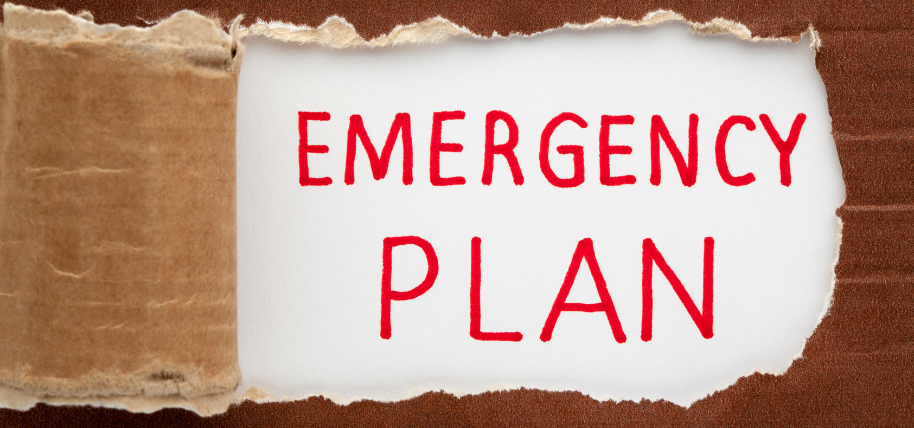
Featured Standards: FS.3.2.1 & FS.3.2.2 – Emergency Evacuation Drills
Don’t underestimate the importance of a well-planned and executed Emergency Evacuation Drill. Two standards that specifically address the significance of Emergency Evacuation Drills are Standards FS.3.2.1 and FS.3.2.2. Not only do they address the need to have a drill at least once a year but also to write an evaluation of its effectiveness and include the results in your Performance Management plan. Doing so will help ensure the safety of your patients, staff and practice. Let’s take a closer look… FS.3.2.1: You must conduct an annual emergency evacuation drill in accordance with the evacuation plan. The drill(s) must be done at least annually for all staff on all shifts. FS.3.2.2: You must write an evaluation of the effectiveness of the emergency evacuation plan and annual drill. Results of the evaluation must be included in your performance management plan. It’s not enough to have a detailed plan in place in case you ever have to evacuate in an emergency, but it must also be practiced by your ENTIRE staff and evaluated annually. ALL facilities must perform an emergency evacuation drill. If your onsite surveyor discovers that these standards haven’t been performed or evaluated, that oversight automatically requires you to submit a Corrective Action Plan (CAP) for compliance. With proper planning and coordination, you can run a smooth and successful emergency evacuation drill with 100% participation. Don’t be discouraged if you have a large staff with varying work shifts – you can always conduct more than one drill if necessary to ensure all staff are included. It is also equally important to evaluate the effectiveness of your drills. Your evaluation must be done in writing and can be as simple as a chart with check boxes. Just be sure to note the timeliness of the evacuation, confirmation that all staff and patients exited the premises, whether everyone gathered at the correct meeting location and that all procedures for returning to the facility were followed. You will also need to document your evaluation results in your performance management plan. Facilities accredited for mastectomy services only are not required to evaluate the drills. Feel free to utilize our Fire/Emergency Drill Documentation template in the online Resource Pack when you’re ready to perform your next drill. | Imagine this Scenario… A practitioner owns a small practice with one other employee. A mother comes in for treatment with her four small children. The practitioner is treating the mother when the fire alarm goes off. If his facility is a small practice, does he still need to have an evacuation plan and drill? The answer is yes. It’s important to have clear steps to follow so you can spring into action and get everyone to safety quickly in the event of an emergency. In this case, the practitioner would have followed the following steps: Step 1: The owner called 911 immediately. The other staff member grabbed the appointment book and led the family to the parking lot, the designated meeting location. Evaluation Qs: Where is your meeting location? Is it a safe distance from the fire? Does everyone on staff know where it is? Step 2: The owner checked each room (patient rooms, lobby, bathrooms, closets, etc.) for people before exiting the premises and proceeding to the parking lot. Evaluation Qs: How many rooms does your facility have? How long will it take to check each room? If it’s a large facility, maybe you can assign certain people to check designated sections of the facility if it is safe to do so. Step 3: The staff member reviewed the appointment book (or check-in sheet) to verify who was in the office for an appointment, did a head count and asked if anyone required medical attention. Evaluation Qs: Is everyone accounted for? Do you have a record of your entire staff in your Evaluation Plan? Do you have emergency contacts for each of your staff? Step 4: The Fire Department came, put out the fire and advised everyone that it was safe to return to the premises and retrieve their belongings. The staff followed the procedure for returning to the building. Evaluation Qs: What is your procedure for returning to the office after an Emergency Evacuation? This is a simple exercise, but it can be a lifesaver. |
Subscribe to ABC CredCast
 Listen on Apple Podcasts (opens in a new tab)
Listen on Apple Podcasts (opens in a new tab)
 Listen on Google Podcasts (opens in a new tab)
Listen on Google Podcasts (opens in a new tab)







